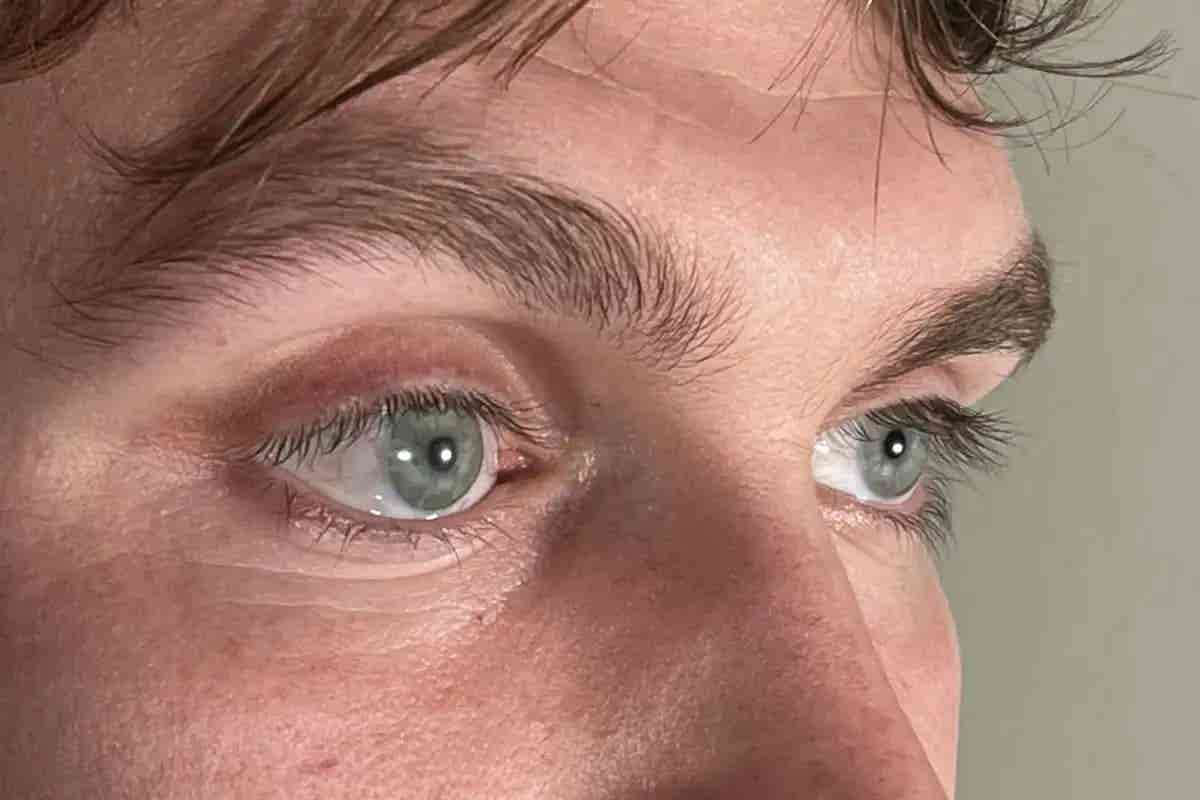Scientists create 3D-printed eyes that look and feel like the real thing
These new 3D-printed prosthetics are modeled to fit snugly into the user’s eye socket, closely resembling the appearance of a natural eye

A groundbreaking study has revealed a faster and less labor-intensive method for crafting prosthetic eyes. (CREDIT: Nature Communications)
A groundbreaking study has revealed a faster and less labor-intensive method for crafting prosthetic eyes, a significant advancement from traditional techniques stagnant for decades.
These new 3D-printed prosthetics are meticulously modeled to fit snugly into the user’s eye socket, closely resembling the appearance of a natural eye, thanks to innovative scanning technology.
Globally, an estimated eight million individuals depend on prosthetic eyes. While these prosthetics don't restore vision like limb prosthetics do, they offer crucial psychological comfort to their users.
Pictures of the automatically designed and 3D printed prostheses supplied to the patients. (CREDIT: Nature Communications)
“Eye loss is so difficult for everyone, no matter if they lose their eye to trauma, from a disease… or if it’s something that’s more immediate. It’s hard,” says Lindsay Pronk, an ocularist with the University of Iowa Hospitals & Clinics.
“The best part of my job is helping people get back to life, so that it’s not something that they think about.”
The demand for ocular prosthetics is longstanding, with roots dating back to ancient times. The oldest known artificial eye, discovered in Iran, dates to between 3000 and 2900 BCE.
Related Stories
Traditionally, crafting a prosthetic eye has been an expensive and cumbersome process. It begins with taking a mold of the eye area, using a mixture of silicone and alginate.
Alginate, recognizable by its pink or blue color, is commonly used in dentistry and is particularly suitable for eye molds. However, the process of applying the alginate can be uncomfortable for the patient and may require multiple attempts to achieve the desired mold.
Subsequently, multiple appointments are scheduled to refine a wax model of the eye, which is then meticulously sculpted and adjusted to ensure a natural appearance. Finally, a permanent acrylic version of the prosthetic eye is made and painted to match the patient's other eye.
Simplified schematic of an ocular prosthetic in the patient. An orbital implant with the muscles attached is usually implanted in the eye socket after enucleation or evisceration and is covered by the conjunctiva. The prosthetic eye sits between the eye lids and the implant; it can be moved due to friction with the orbital implant. (CREDIT: Nature Communications)
This traditional method is labor-intensive and time-consuming, often requiring over eight hours of manual work and resulting in prosthetics of inconsistent quality.
However, Johann Reinhard and his team at the Fraunhofer Institute for Computer Graphics Research in Germany have revolutionized the process with a digital approach.
They utilized an optical coherence tomography (OCT) device to scan the eye sockets and healthy eyes of ten patients, automatically shaping the prosthesis to fit perfectly.
Manufacture of ocular prosthesis using PMMA and the digital end-to-end process. Traditionally the ocularist makes an alginate impression of the patient’s eye socket, which is used to create a wax model. (CREDIT: Nature Communications)
The most remarkable aspect of their method is the use of color images to create textured 3D models, which are then 3D-printed in full color using a multi-material printer. The print time for a single prosthesis is only about 90 minutes, and a batch of 100 prosthetics can be printed in 10 hours on an assembly line.
The resulting prosthetic eyes closely mimic the color, size, and structure of natural eyes, requiring only minimal adjustments post-printing by an ocularist. Additionally, the prosthetic is biocompatible.
a Patient 5 with conformer in the eye socket. b Patient 5 with the 3D printed prosthesis of the left eye (right in the image). (CREDIT: Nature Communications)
This digital fabrication method drastically reduces labor, offering a more standardized and reproducible outcome. It also has the potential to make prosthetic eyes more accessible, including to patients previously considered ineligible, such as children.
Although challenges remain for those with complex socket shapes or specific eye conditions, approximately 80% of those in need of an ocular prosthesis could benefit from this digital approach.
The prostheses are currently undergoing examination in a clinical trial at Moorfields Eye Hospital NHS Foundation Trust. The details of this innovative procedure were published in a study in Nature Communications.
Note: Materials provided above by The Brighter Side of News. Content may be edited for style and length.
Like these kind of feel good stories? Get the Brighter Side of News' newsletter.
Joshua Shavit
Science & Technology Writer | AI and Robotics Reporter
Joshua Shavit is a Los Angeles-based science and technology writer with a passion for exploring the breakthroughs shaping the future. As a contributor to The Brighter Side of News, he focuses on positive and transformative advancements in AI, technology, physics, engineering, robotics and space science. Joshua is currently working towards a Bachelor of Science in Business Administration at the University of California, Berkeley. He combines his academic background with a talent for storytelling, making complex scientific discoveries engaging and accessible. His work highlights the innovators behind the ideas, bringing readers closer to the people driving progress.



